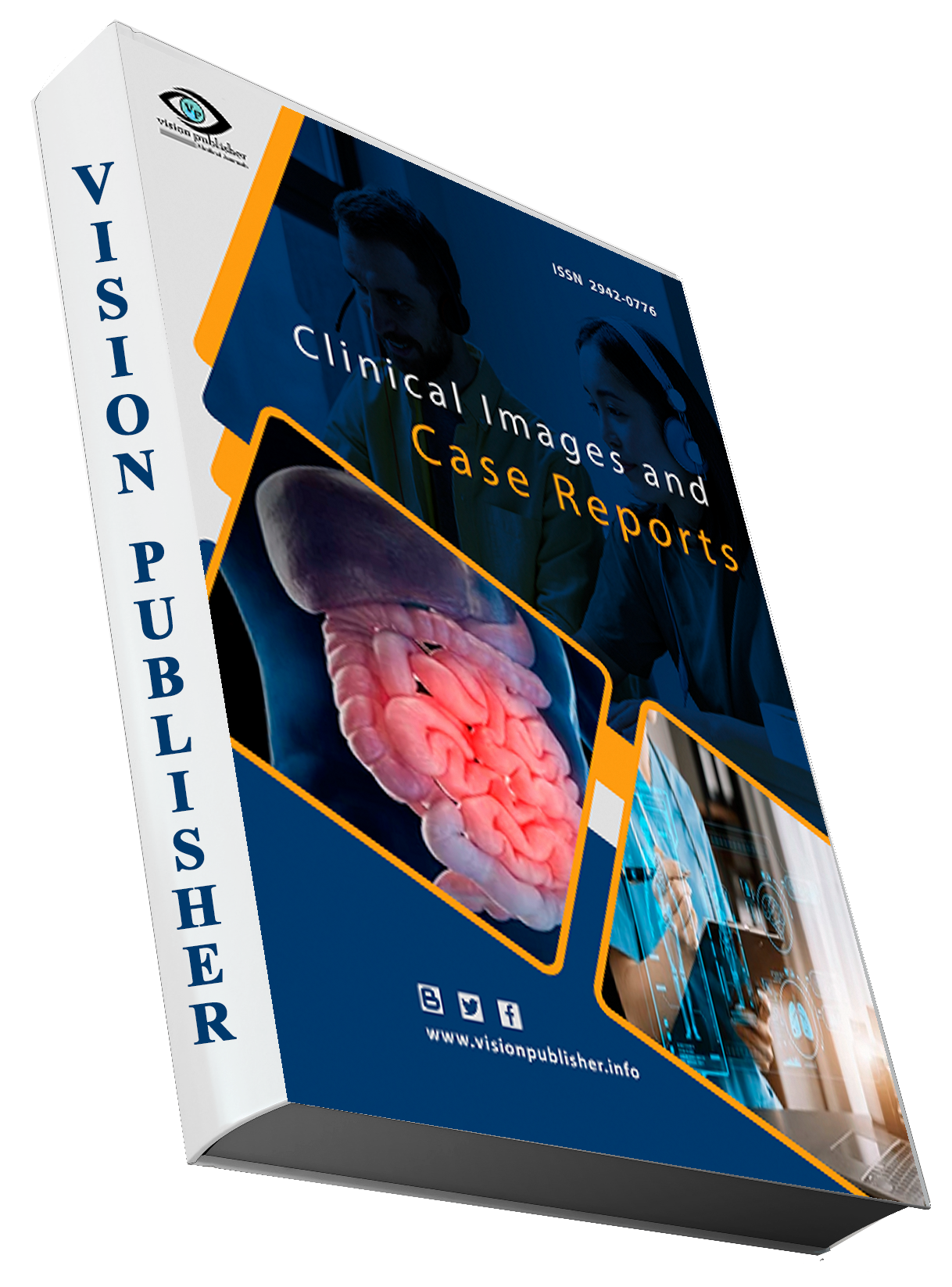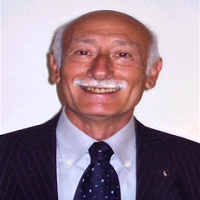Immune Parameters [Immunoglobulins and Complements] and PHA- Changes Induced Lymphatic Transformation in Patients with Hepatitis
Keywords:
Immunoglobulins, Complements, PHA, Lymphatic Transformation, Patients, Hepatitis, Immune ParametersAbstract
With regard to illness and death, HB is one of the foremost ailments in global healthcare facilities especially in Asia. As proposed in the previous studies, it has been believed that the pathogenicity of HB depends on immune response. The main purpose of this study was to assess the level of Complement (C3) and Cytokines (C4), T lymphocytes proliferation, phagocytic cell percentages, IgA, IgM and IgG in adult Iraqi patients who contracted Hepatitis B Virus (HBV). With the help of enzyme-linked immunosorbent test (EIISA) kits, 75 patients of hepatitis B virus had HBsAg as well as the other indicators of HBV in their serum. In a lymphocyte transformation assay, whole blood was mixed with RPMI-1640 medium (which does not contain FCS) at a ratio of 1:15 (v:v). Mean transformation of lymphocyte in the healthy carriers was found to be significantly low (P<0.05) compared to the control group. Also, IgA was found to be raised in acute hepatitis B infected individuals (P<0.05). IgG level showed a highly significant increase (P<0.05) in healthy carriers. Thus, comparing with the patients, no statistically significant changes of IgM levels were observed (P>0.05). Complement C3 Levels in patients of acute, chronic hepatitis B and control groups recorded (140.3 ± 10.09), (97.84 ± 8.64) and (108.82 ± 9.12) respectively. The results of C3 levels that there (Mean ± S.D) was no significant difference (P>0.05) in C3 levels between patient’s groups and control group. Complement C4 Levels in patients of acute, chronic hepatitis B and control groups recorded (25.37 ± 3.81), (27.65 ± 5.83) and (36.22 ± 7.19) respectively. C4 levels show a significant decrease in C4 levels of AHB and CHB groups, when compared with and control group.
Downloads
References
De Pasquale, C., Campana, S., Barberi, C., Sidoti Migliore, G., Oliveri, D., Lanza, M., et al. (2021). Human hepatitis b virus negatively impacts the protective immune crosstalk between natural killer and dendritic cells. Hepatology 74, 550–565.
De Simone, G., Andreata, F., Bleriot, C., Fumagalli, V., Laura, C., Garcia-Manteiga, J. M., et al. (2021). Identification of a kupffer cell subset capable of reverting the T cell dysfunction induced by hepatocellular priming. Immunity 54, 2089–2100.e8.
Dong, Y., Li, X., Zhang, L., Zhu, Q., Chen, C., Bao, J., et al. (2019). CD4+ T cell exhaustion revealed by high PD-1 and LAG-3 expression and the loss of helper T cell function in chronic hepatitis b. BMC Immunol. 20, 27.
Durai, V., and Murphy, K. M. (2016). Functions of murine dendritic cells. Immunity 45, 719–736.
Fang, Z., Zhang, Y., Zhu, Z., Wang, C., Hu, Y., Peng, X., et al. (2022). Monocytic MDSCs homing to thymus contribute to age-related CD8+ T cell tolerance of HBV. J. Exp. Med. 219, e20211838.
Ferrando-Martinez, S., Huang, K., Bennett, A. S., Sterba, P., Yu, L., Suzich, J. A., et al. (2019). HBeAg seroconversion is associated with a more effective PD-L1 blockade during chronic hepatitis b infection. JHEP Rep. 1, 170–178.
Filho, R. M., Carmo, R. F., Catsman, C., Souza, C., Silva, A., Moura, P., et al. (2010). High frequency of variant alleles of the mannose-binding lectin 2 (MBL2) gene are associated with patients infected by hepatitis b virus. Viral Immunol. 23, 449–453.
Fisicaro, P., Barili, V., Montanini, B., Acerbi, G., Ferracin, M., Guerrieri, F., et al. (2017). Targeting mitochondrial dysfunction can restore antiviral activity of exhausted HBV-specific CD8 T cells in chronic hepatitis b. Nat. Med. 23, 327–336.
Fisicaro, P., Barili, V., Rossi, M., Montali, I., Vecchi, A., Acerbi, G., et al. (2020). Pathogenetic mechanisms of T cell dysfunction in chronic HBV infection and related therapeutic approaches. Front. Immunol. 11, 849.
Fisicaro, P., Rossi, M., Vecchi, A., Acerbi, G., Barili, V., Laccabue, D., et al. (2019). The good and the bad of natural killer cells in virus control: perspective for anti-HBV therapy. Int. J. Mol. Sci. 20(20), 5080.
Gabriel, S. S., Tsui, C., Chisanga, D., Weber, F., Llano-León, M., Gubser, P. M., et al. (2021). Transforming growth factor-b-regulated mTOR activity preserves cellular metabolism to maintain long-term T cell responses in chronic infection. Immunity 54, 1698–1714.e5.
Ghosh, S., Nandi, M., Pal, S., Mukhopadhyay, D., Chakraborty, B. C., Khatun, M., et al. (2016). Natural killer cells contribute to hepatic injury and help in viral persistence during progression of hepatitis b e-antigen-negative chronic hepatitis b virus infection. Clin. Microbiol. Infect. 22, 733.e9–733.e19
Hakim, M. S., Rahmadika, N., and Jariah, R. O. A. (2020). Expressions of inhibitory checkpoint molecules in acute and chronic HBV and HCV infections: implications for therapeutic monitoring and personalized therapy. Rev. Med. Virol. 30, e2094. doi: 10.1002/rmv.2094 Han, J. W., and Shin, E.-C. (2020). Liver-resident memory CD8+ T cells: possible roles in chronic HBV infection. Int. J. Mol. Sci. 22, 283.
Hensley, S. E., Zanker, D., Dolan, B. P., David, A., Hickman, H. D., Embry, A. C., et al. (2010). Unexpected role for the immunoproteasome subunit LMP2 in antiviral humoral and innate immune responses. J. Immunol. 184, 4115–4122.
Hoang, T. V., Toan, N. L., Song, L. H., Ouf, E. A., Bock, C.-T., Kremsner, P. G., et al. (2011). Ficolin-2 levels and FCN2 haplotypes influence hepatitis b infection outcome in Vietnamese patients. PloS One 6, e28113.
Jandus, C., Boligan, K. F., Chijioke, O., Liu, H., Dahlhaus, M., Démoulins, T., et al. (2014). Interactions between siglec-7/9 receptors and ligands influence NK cell-dependent tumor immunosurveillance. J. Clin. Invest. 124, 1810–1820.
Jiang, D., Chen, C., Yan, D., Zhang, X., Liu, X., Yan, D., et al. (2022). Exhausted phenotype of circulating CD8+ T cell subsets in hepatitis b virus carriers. BMC Immunol. 23, 18.
Kallies, A., Zehn, D., and Utzschneider, D. T. (2020). Precursor exhausted T cells: key to successful immunotherapy? Nat. Rev. Immunol. 20, 128–136.
Khan, O., Giles, J. R., McDonald, S., Manne, S., Ngiow, S. F., Patel, K. P., et al. (2019). TOX transcriptionally and epigenetically programs CD8+ T cell exhaustion. Nature 571, 211–218.
Khanam, A., Chua, J. V., and Kottilil, S. (2021). Immunopathology of chronic hepatitis b infection: role of innate and adaptive immune response in disease progression. Int. J. Mol. Sci. 22 (11), 5497.
Koh, S., Kah, J., Tham, C. Y. L., Yang, N., Ceccarello, E., Chia, A., et al. (2018). Nonlytic lymphocytes engineered to express virus-specific T-cell receptors limit HBV infection by activating APOBEC3. Gastroenterology 155, 180–193.e6.
Le Bert, N., Salimzadeh, L., Gill, U. S., Dutertre, C.-A., Facchetti, F., Tan, A., et al. (2020b). Comparative characterization of b cells specific for HBV nucleocapsid and envelope proteins in patients with chronic hepatitis b. J. Hepatol. 72, 34–44.
Legat, A., Speiser, D. E., Pircher, H., Zehn, D., and Fuertes Marraco, S. A. (2013). Inhibitory receptor expression depends more dominantly on differentiation and activation than “Exhaustion” of human CD8 T cells. Front. Immunol. 4.
Leu, C.-M., Lu, Y.-C., Peng, W.-L., Chu, H.-T., and Hu, C. (2014). The hepatitis b virus e antigen suppresses the respiratory burst and mobility of human monocytes and neutrophils. Immunobiology 219, 880–887.
Li, Y., You, Z., Tang, R., and Ma, X. (2022). Tissue-resident memory T cells in chronic liver diseases: phenotype, development and function. Front. Immunol. 13. doi: 10.3389/fimmu.2022.967055 Li, C., Yu, T., Shi, X., and Yu, J. (2022a). Interleukin-33 reinvigorates antiviral function of viral-specific CD8+ T cells in chronic hepatitis b virus infection. Viral Immunol. 35, 41–49.
Liu, Y., Hu, X., Hu, X., Yu, L., Ji, H., Li, W., et al. (2022). T Follicular helper cells improve the response of patients with chronic hepatitis b to interferon by promoting HBsAb production. J. Gastroenterol. 57, 30–45.

Downloads
Published
How to Cite
Issue
Section
License
Copyright (c) 2024 Clinical Images and Case Reports

This work is licensed under a Creative Commons Attribution 4.0 International License.
Clinical Images and Case Reports












